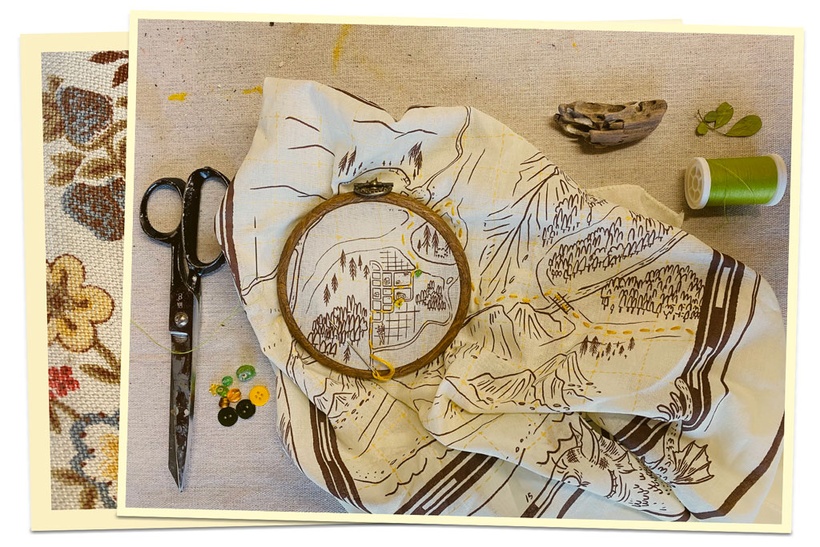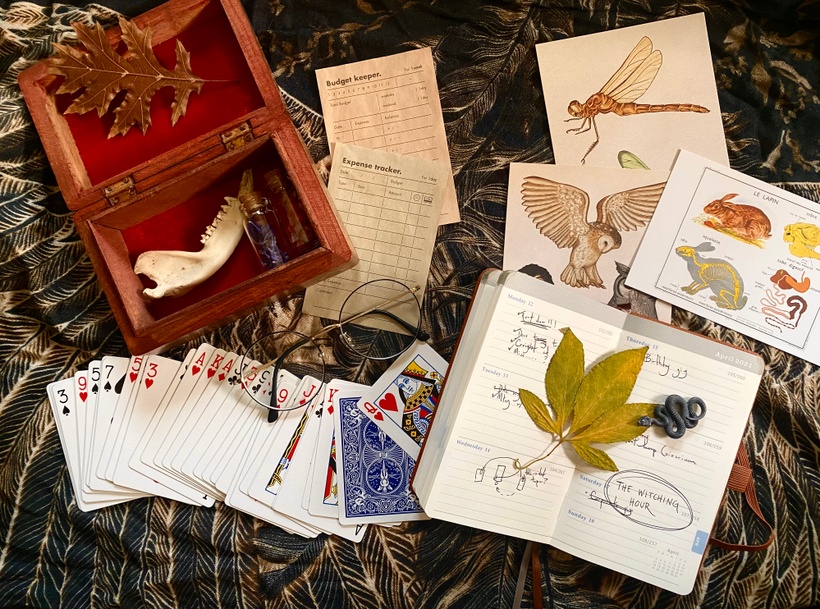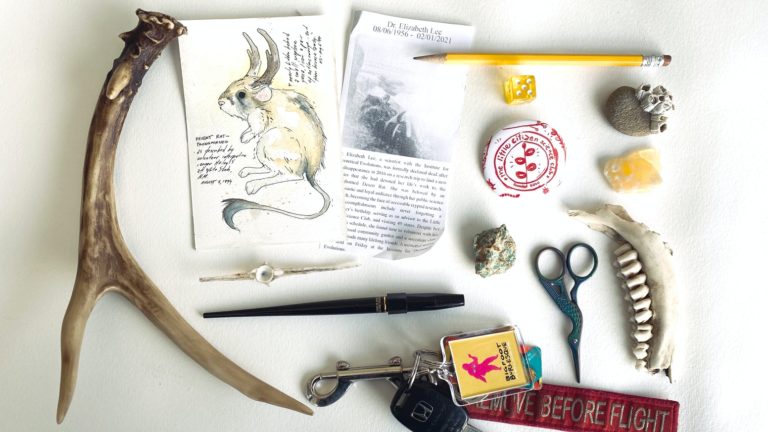
On Keepsake Games and “Field Guide to Memory”
April 5, 2021 Jamey Alea 0 Comments
I only recently became familiar with the term “keepsake games”—but in fairness, it’s really only recently that the term was coined! Artists Shing Yin Khor and Jeeyon Shim aren’t claiming to have invented a whole new genre of roleplaying games, but they are giving us the shared language to talk about them, as well as some truly memorable games.
Okay, but so what is a keepsake game? The main mechanic that categorizes something as a “keepsake” game is that while you’re playing it, you’re also creating something physical—a piece of art that’s worth keeping as an heirloom at the end. I love this for a lot of reasons: I love single-player roleplaying games, but sometimes they lack structure, and because the creation of the artifact is part of playing the game, it adds that sense of structure. My favorite thing about roleplaying is getting deeply in character, and I find that having physical ephemera that “belongs” to the character I’m playing makes that experience more immersive for me. It also just uses a different part of my brain to be creative in this kind of physical way, and I think it’s very fun! Keepsake games are making a statement about collaboration, because this piece of art that you end up with is collaborative between the creator and the player. They’re also making a statement about disposability, because they involve taking stuff that might have otherwise become trash and making it into something that you want to keep forever, which is really cool and powerful.
If you’re interested in this, you should definitely read about it in the artists’ own words, because both Shing and Jeeyon have written about it much more thoughtfully and eloquently than I could. (In their post, Jeeyon also talks about the related genre of “connected path” games, which is also extremely worth reading about!) They were also both interviewed for this awesome Polygon article about their first game. (The article also quotes my tweet showing off some of the ephemera I made for my keepsake, which is pretty cool!)
I recently played through their first collaboration, Field Guide to Memory, and for me it was a really deeply immersive experience. Here’s the premise of the game: you play as a scientist of some sort, who studied cryptozoology under the academic mentorship of Dr. Elizabeth Lee, a world expert on cryptids. Dr. Lee went missing 5 years before the start of game, while on an expedition trying to find proof of the existence of Dipodomys antilocapra, commonly known as the Pronghorned desert rat. The game begins just after Dr. Lee is pronounced legally dead, and as her former mentee, the player is left to deal with their emotional baggage, as well as the logistics of acquiring her materials to continue her research. As you go through the daily prompts—which include dreams, memories, tasks and lots and lots of letters to read and respond to—you’re creating a journal that contains your character’s own scientific research, their frustrations with the bureaucracy of academia, and their innermost feelings about their relationship with Dr. Lee.
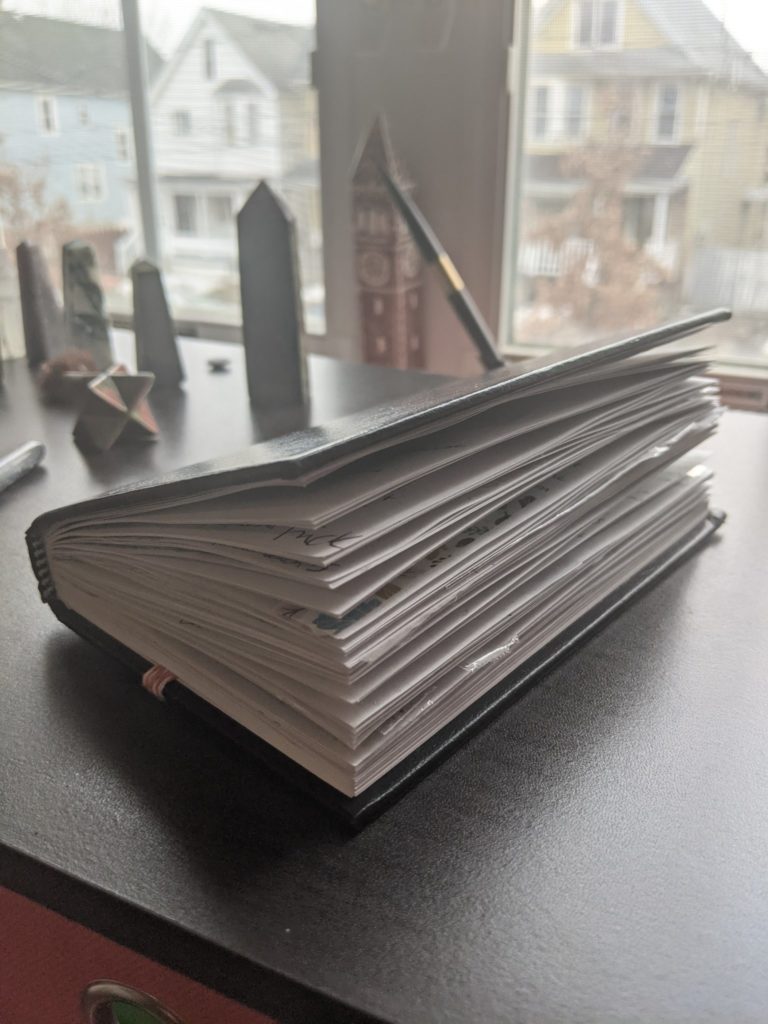
Even though the prompts are the same for all the players, there’s a lot of room to be creative with what your character is like and how they react to things. One of the notes during character creation read: “You are never beholden to the directions, you should adapt the game to your own needs and comfort levels, and you own complete agency over your experience.” I took this to heart throughout the whole process of playing the game, occasionally skipping prompts that didn’t inspire me, or modifying them if they chafed up against the continuity I’d already written. This started immediately with my character. The only guidance was to play someone who has “established a living in the field of cryptozoology in their own right” after working with Dr. Lee, and I skirted right around the edge of this requirement. My character, Dr. Basil Moriarty, saw some success in their early career, including working as the botanist on an extended expedition to Antarctica, but since Dr. Lee’s disappearance, they had fallen out of favor in academia, leading them to believe that they were only being tolerated because of their relationship with someone well known. For the past 5 years, Basil had been driving around the country in their van (which they called the HMS Beagle), doing their own cryptid research and working a series of very odd jobs, including fisherman and tourist helicopter pilot.
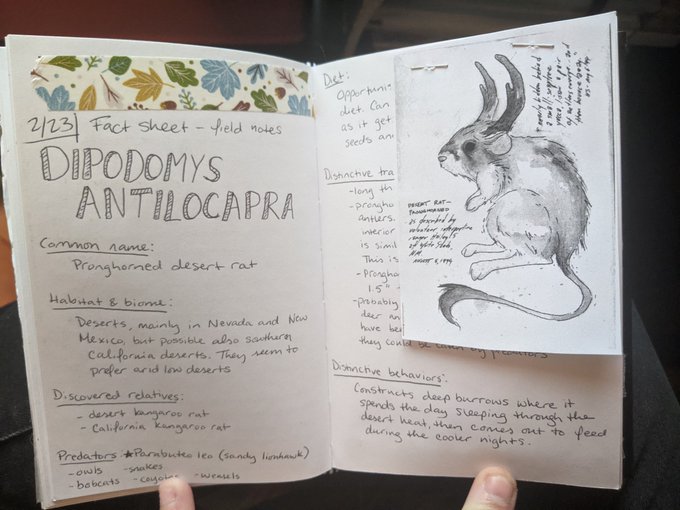
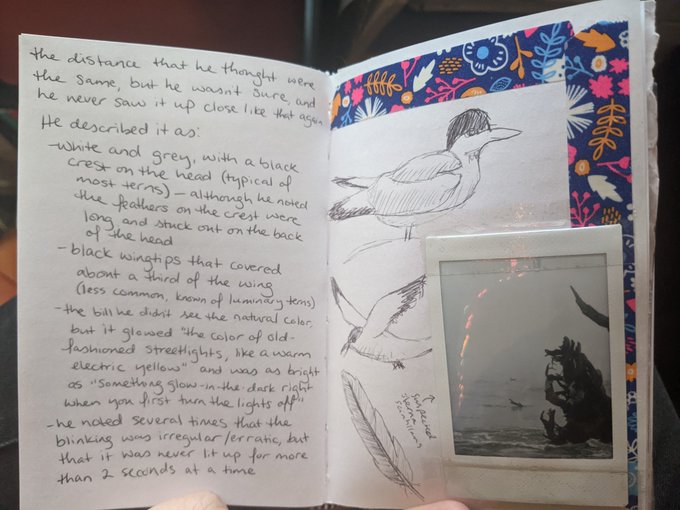
I also added some of my own sidequests to the game, as there was nobody to really tell me not to! Basil is a wanderer, and I happened to play Field Guide to Memory while I was also doing some wandering, which made it into my game experience. At the start of game, I placed Basil in the same location I was currently at: Jekyll Island, Georgia. As I explored the beaches and marshes of Jekyll, it felt like Basil was the one exploring and their notebook turned into a bit of a travel journal for me, in between the actual prompts of the game. I found that it made me engage with my environment in a much more intentional way, taking polaroid photos and drawing botanical sketches of trees in Basil’s notebook. In a sort of positive feedback loop, it made me feel more attached to Jekyll Island and to Basil themself, which in turn made the keepsake I was making feel even more precious.
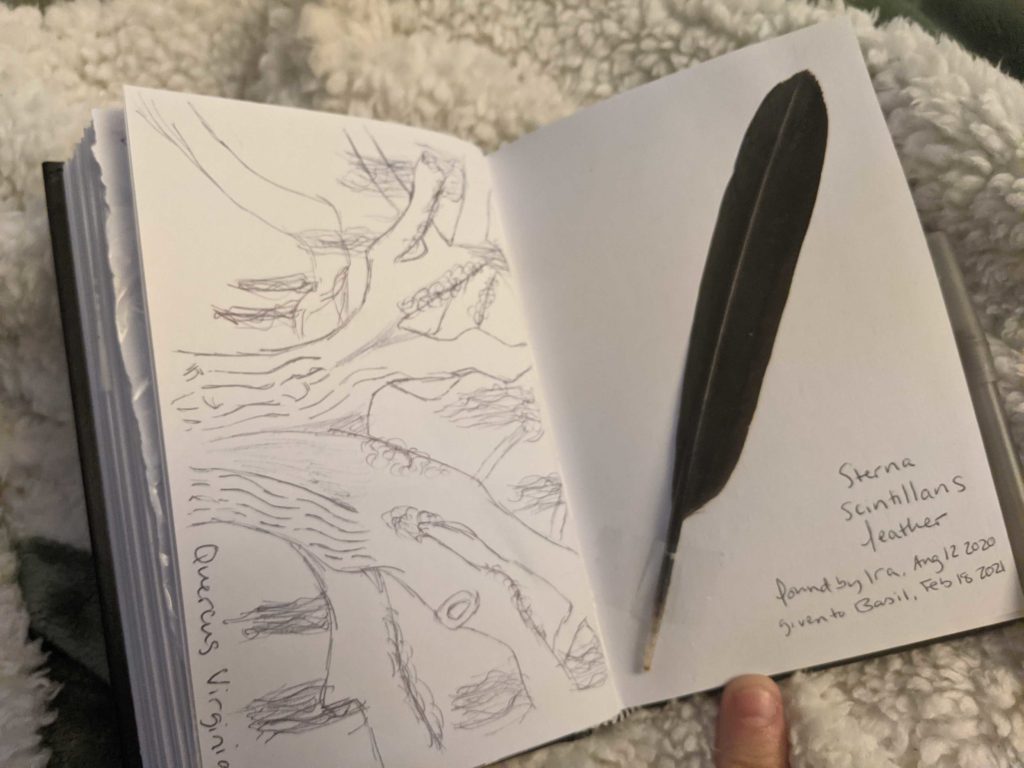
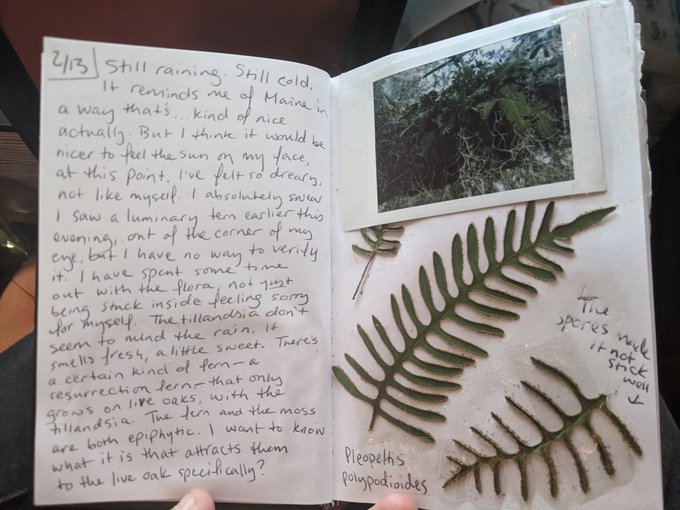
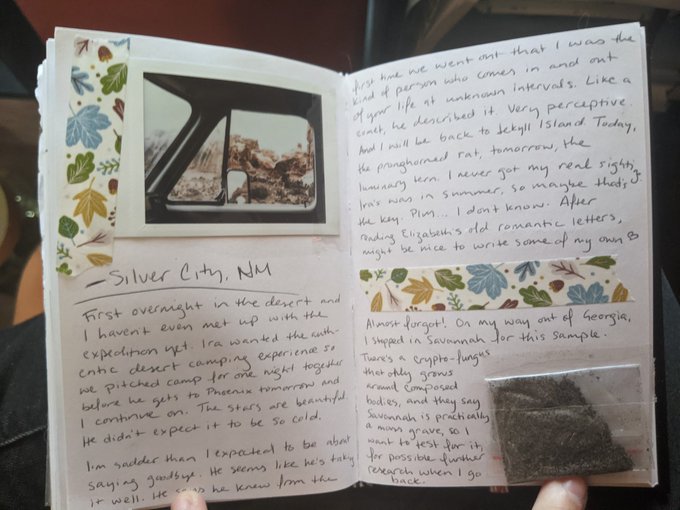
I truly don’t want to give too much away about the actual content of the game, because it’s really amazing and touching and if my story about it interests you, please go buy it and play it! In addition to being really rewarding for me creatively, Basil and I ended up telling a really moving story about coming to terms with loss, learning to love and respect yourself the way you are, and allowing yourself to feel valued and valuable.
And it doesn’t end with Field Guide to Memory! Both Shing and Jeeyon have more keepsake games in the works for the near future. Two have already successfully kickstarted: The Last Will and Testament of Gideon Blythe is Jeeyon’s contribution to ZineQuest 3, and they describe it as a game about “family legend, lineage, and the burden of destiny” with a gothic aesthetic. A Mending is Shing’s next game, about reconnecting with old friends and it features an embroidery mechanic, so you’ll be embroidering your path along a cloth map as you go. (Very excited about this one, I’ve even been learning to embroider in preparation for it!) Jeeyon’s next full game, The Shape of Shadows, puts you in the shoes of a magician’s assistant and should be starting its kickstarter soon! I honestly can’t wait to play ALL these games!
